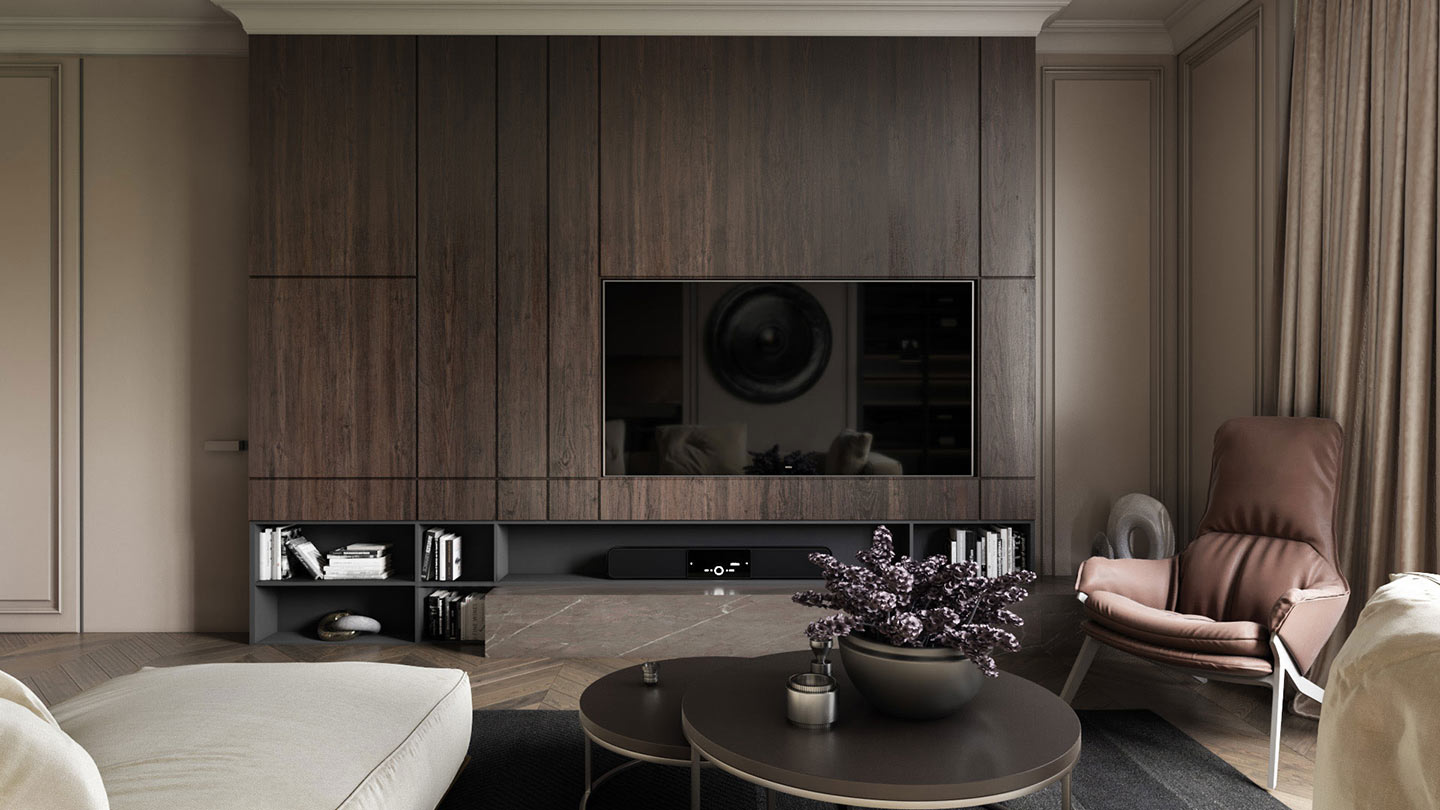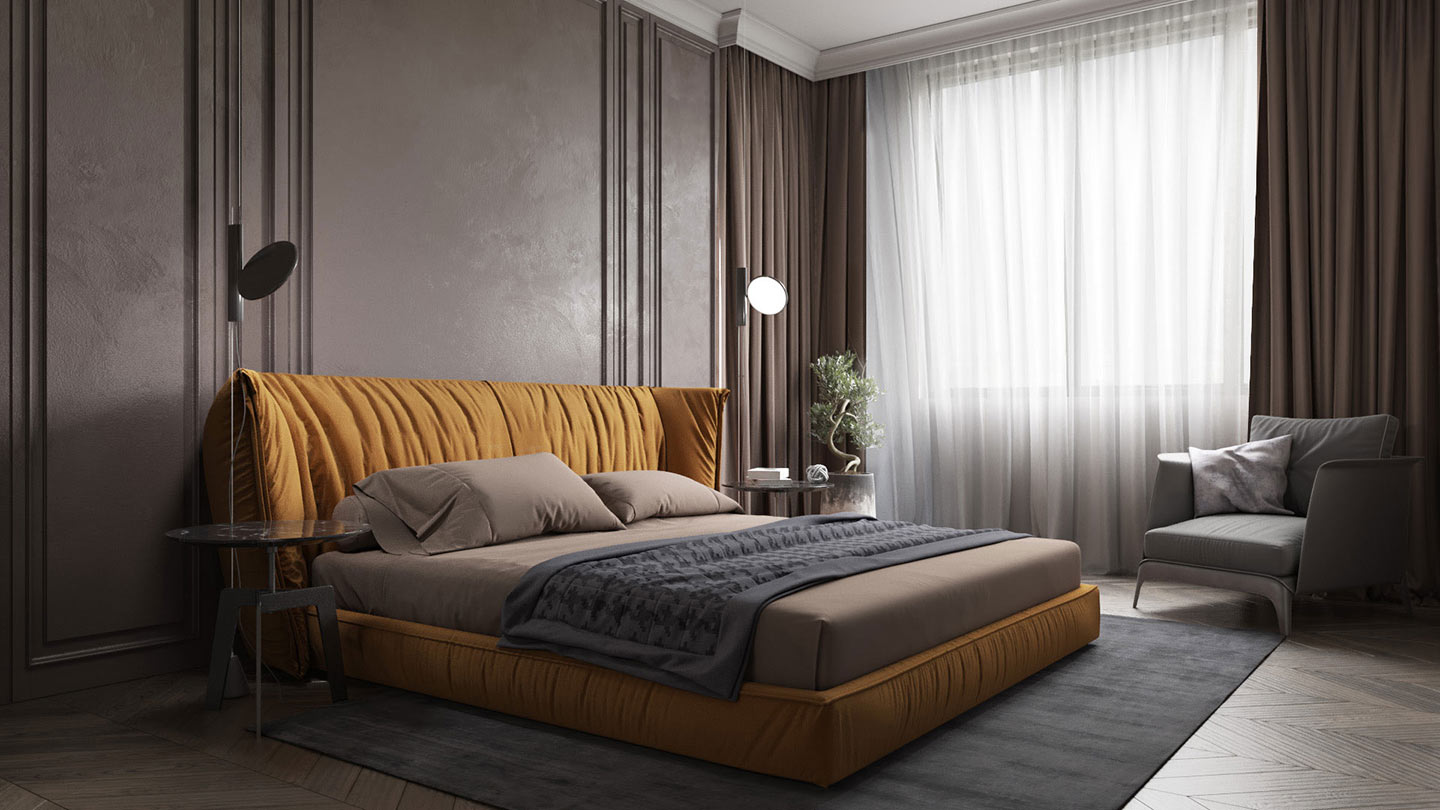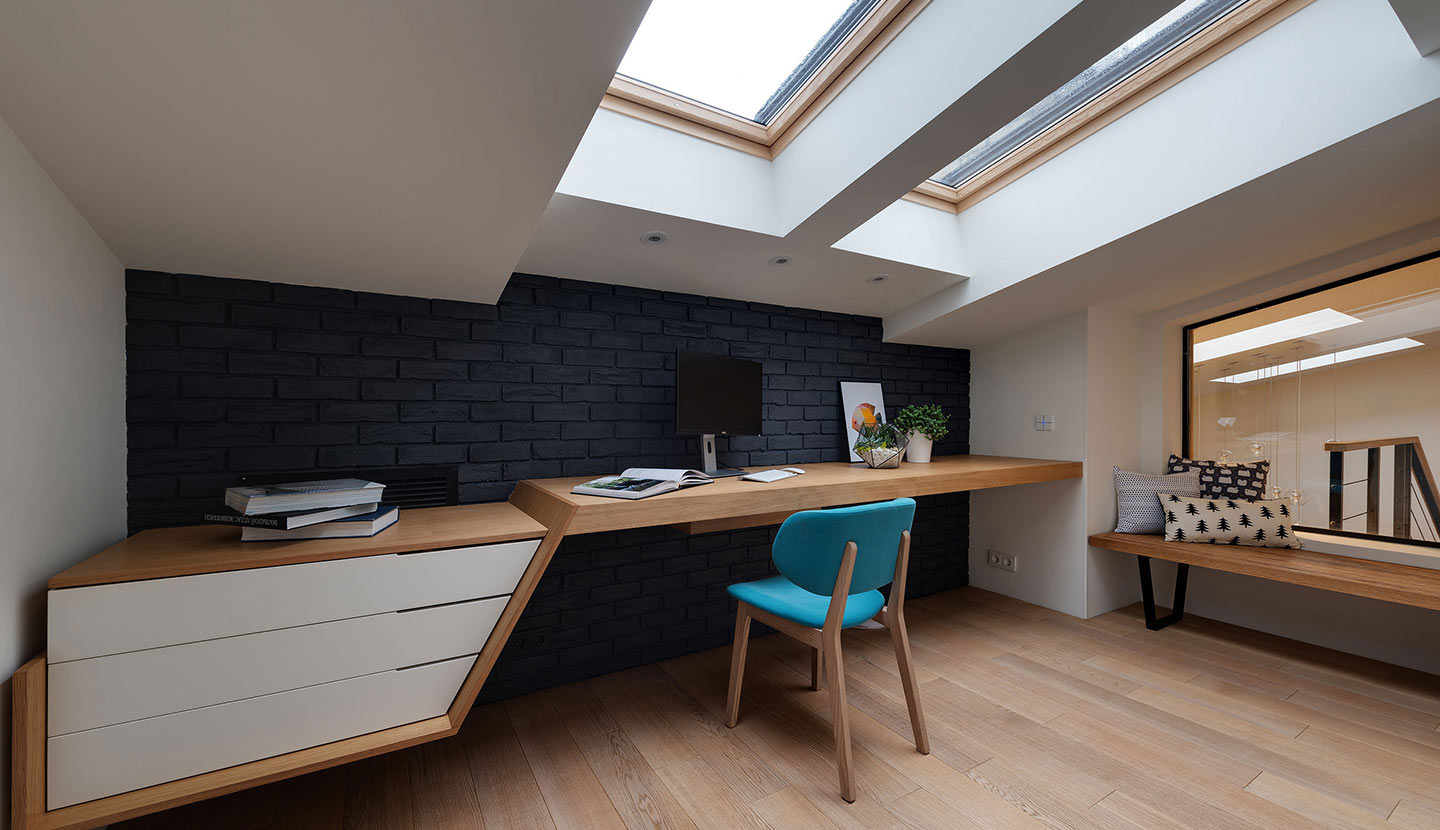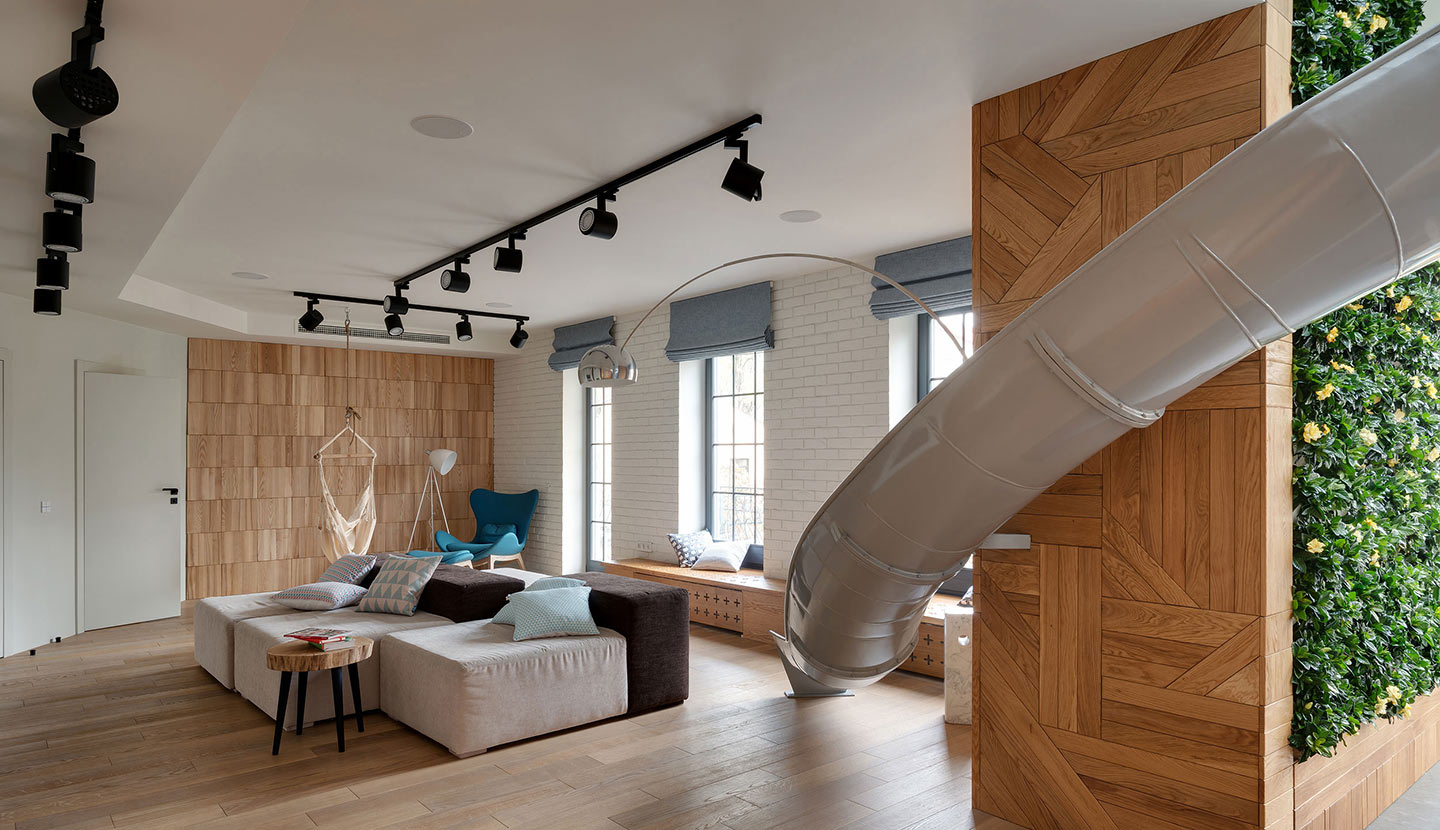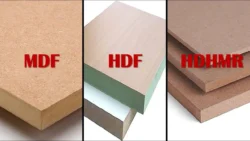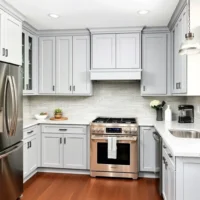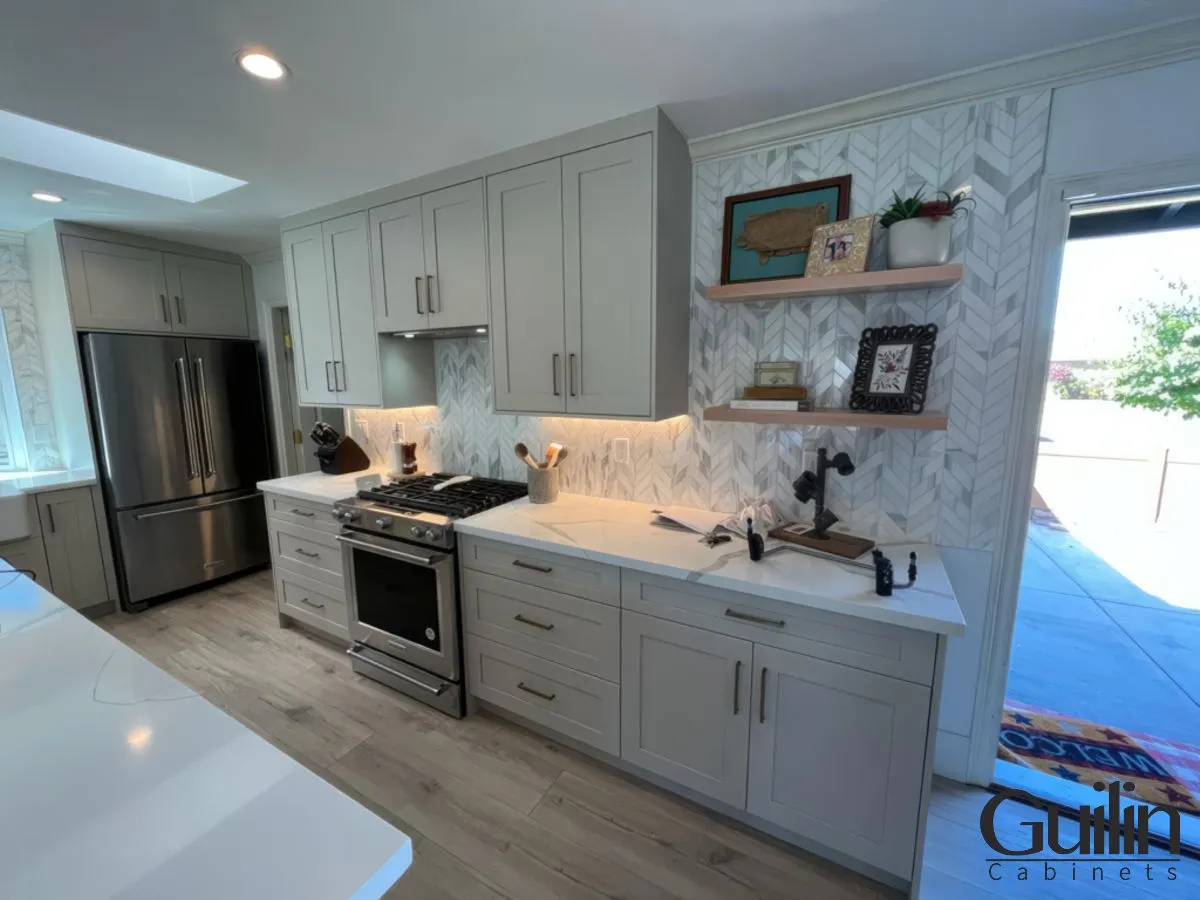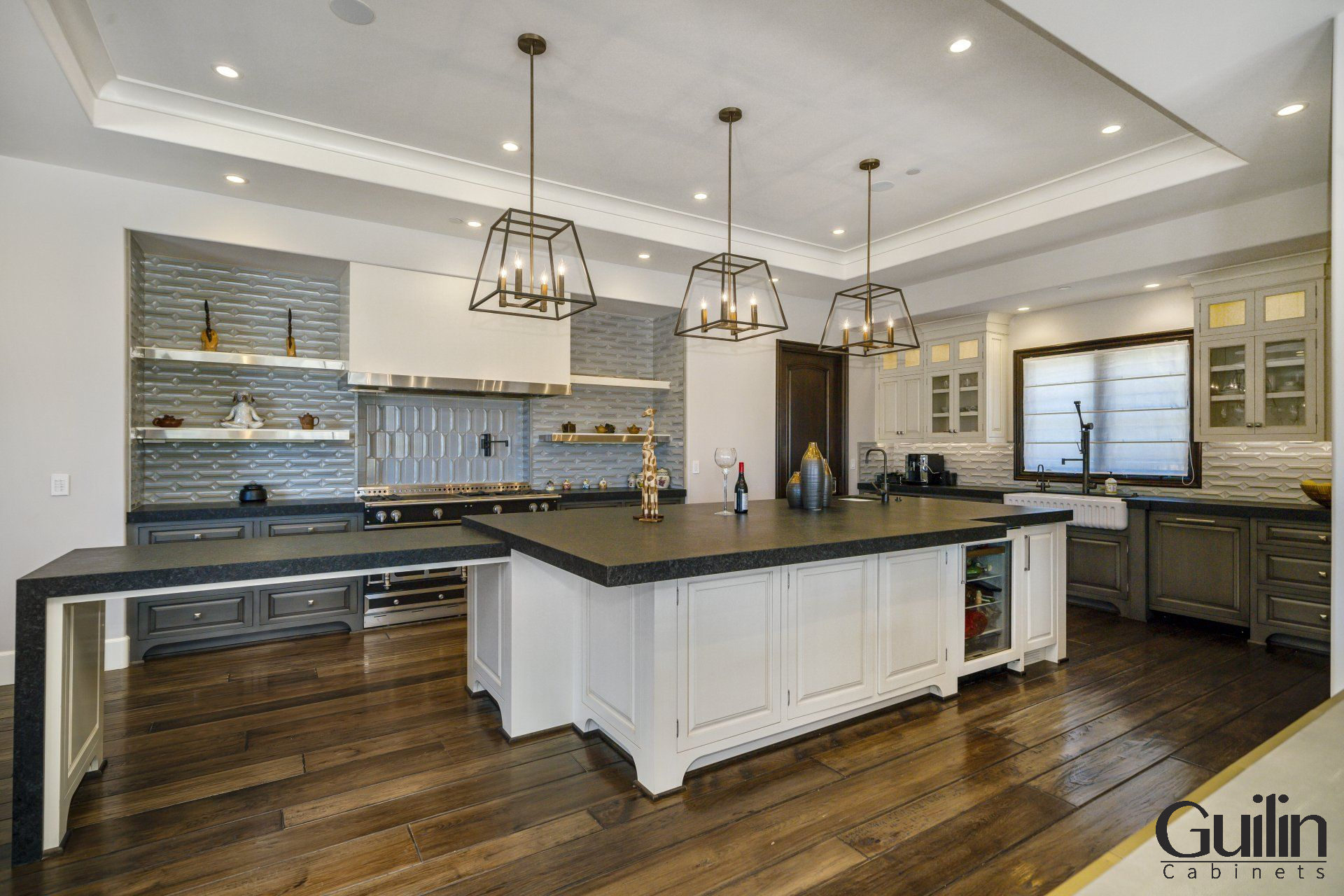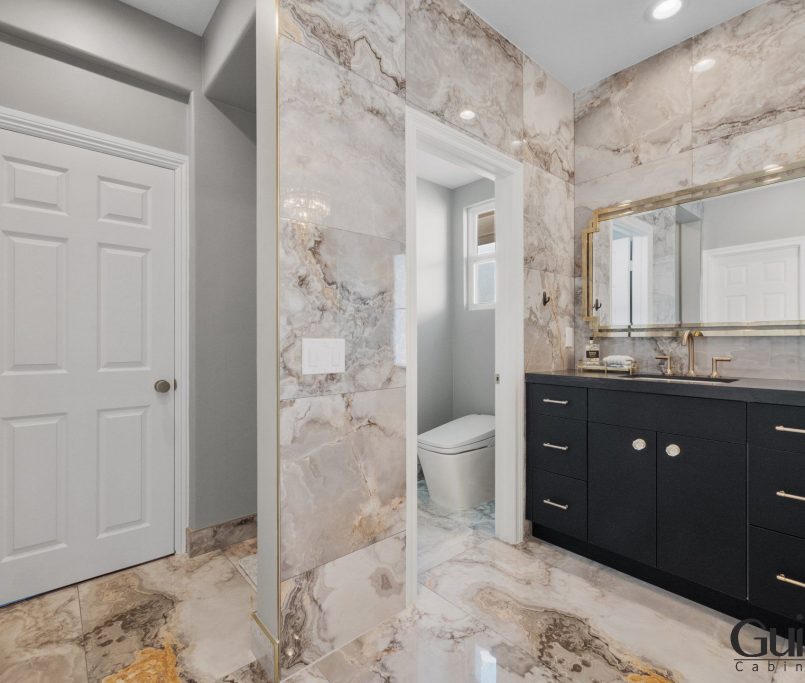Obtaining the perfect cabinet-grade plywood for your project is essential to ensure a high-quality finish and durability. There are primarily four types of cabinet-grade plywood: A, B, C, and D. Each grade comes with its own set of characteristics, advantages, and ideal uses. From the highest quality A-grade plywood with virtually flawless veneers to the more cost-effective D-grade plywood with visible imperfections, understanding the differences is crucial in making the right choice for your specific needs. In this blog post, we will delve into the characteristics and ideal applications of A, B, C, and D-grade plywood to help you make an informed decision for your next project.
=> Read More: Plywood Cabinets: Pros and Cons to Consider
Plywood Grades Explained:
For many woodworking enthusiasts and professionals, choosing the right cabinet-grade plywood is imperative for ensuring your project meets both aesthetic and structural requirements. Cabinet-grade plywood is specifically designed to offer a high-quality finish and durability, with four primary grades: A, B, C, and D. Each grade varies in terms of surface smoothness, defects, and overall appearance, allowing you to select the most appropriate option for your specific needs.
- C/D Grade: Commonly used in construction, this plywood is sturdy but features noticeable knots and imperfections.
- B Grade: Contains some knots and flaws, but they are filled in, making it suitable for painting projects.
- A Grade: Smooth and free of visible defects, this high-quality plywood is ideal for staining or showcasing the wood grain.
Grade A Cabinet Plywood
Cabinet grade A plywood is the epitome of quality due to its perfect veneers and smooth, knot-free surface. This type of plywood is ideal for projects that require a flawless finish and can be painted to suit your specific needs. Additionally, the number of plain sliced sheets glued together will determine the thickness of this premium plywood, ensuring structural integrity and stability for various applications.
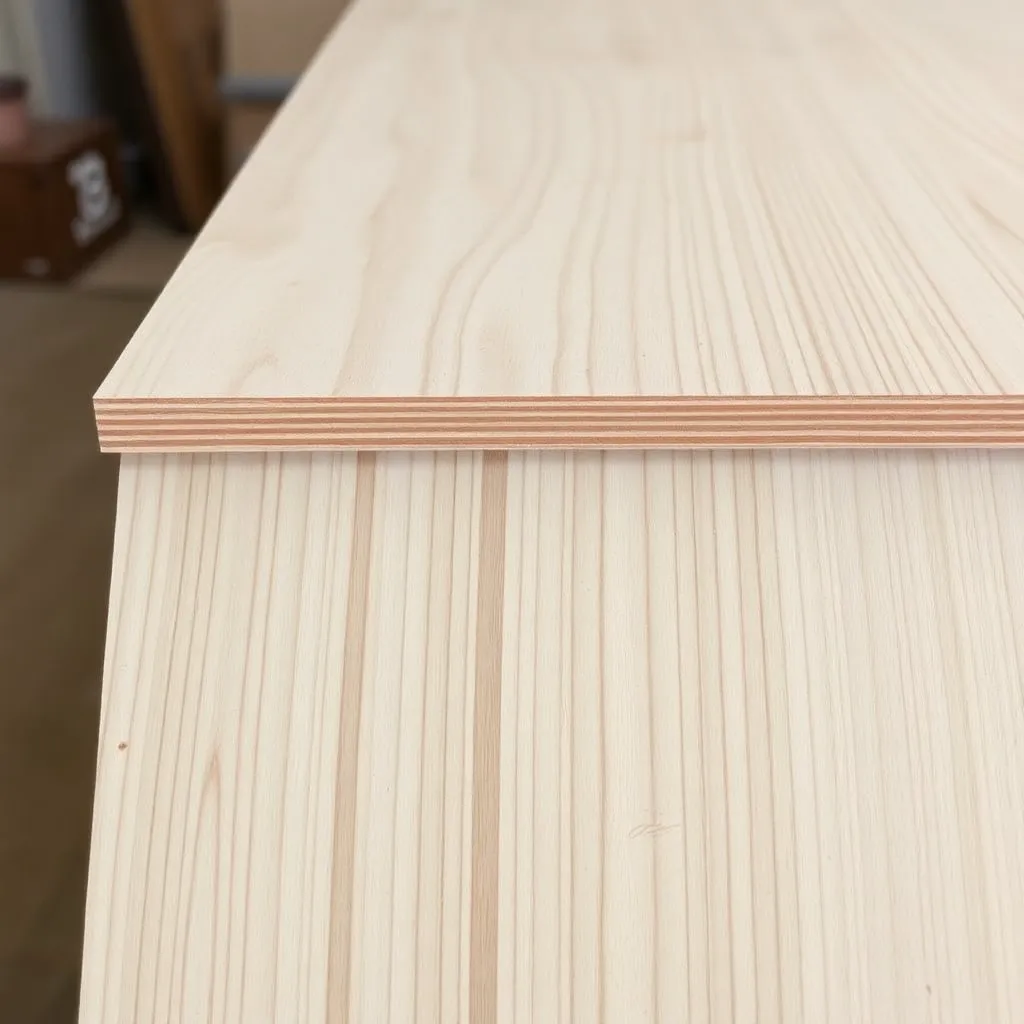
Applications and Uses
Grade A cabinet plywood is often used in high-end cabinetry, furniture making, and other applications where a flawless finish and exceptional quality are essential. Its smooth surface and lack of defects make it a top choice for projects that require a pristine appearance and long-lasting durability.
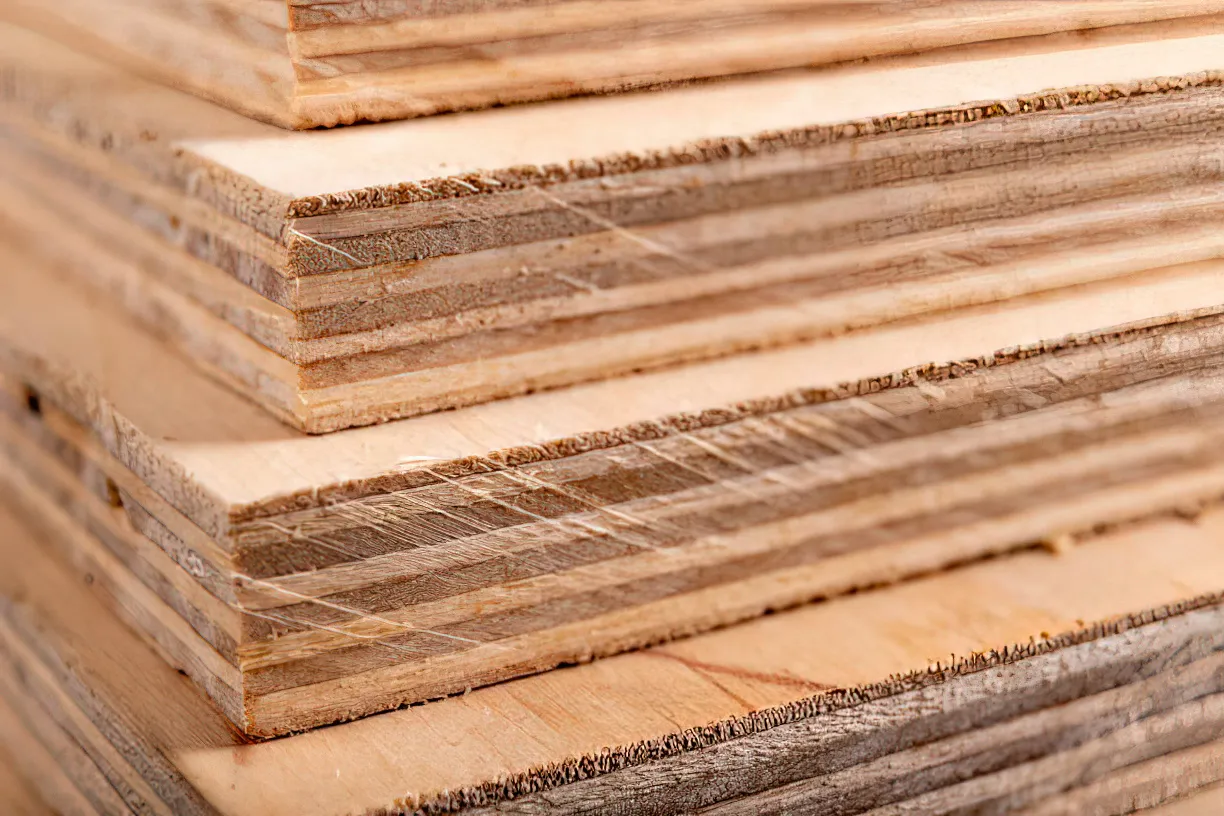
In addition to cabinetry and furniture making, Grade A plywood is also suitable for high-end interior decor and finishing work, where its superior quality and smooth surface can make a significant impact. Whether you are working on a residential or commercial project, Grade A cabinet plywood is a top choice for achieving a premium finish and exceptional quality.
Grade B Cabinet Plywood
Some consider Grade B plywood to be a versatile and reliable choice for various projects. It offers a balance between quality and affordability, making it a popular option for both professionals and DIY enthusiasts. While it may have minor imperfections, Grade B plywood is known for its solid base and smooth surface, making it suitable for a wide range of applications.
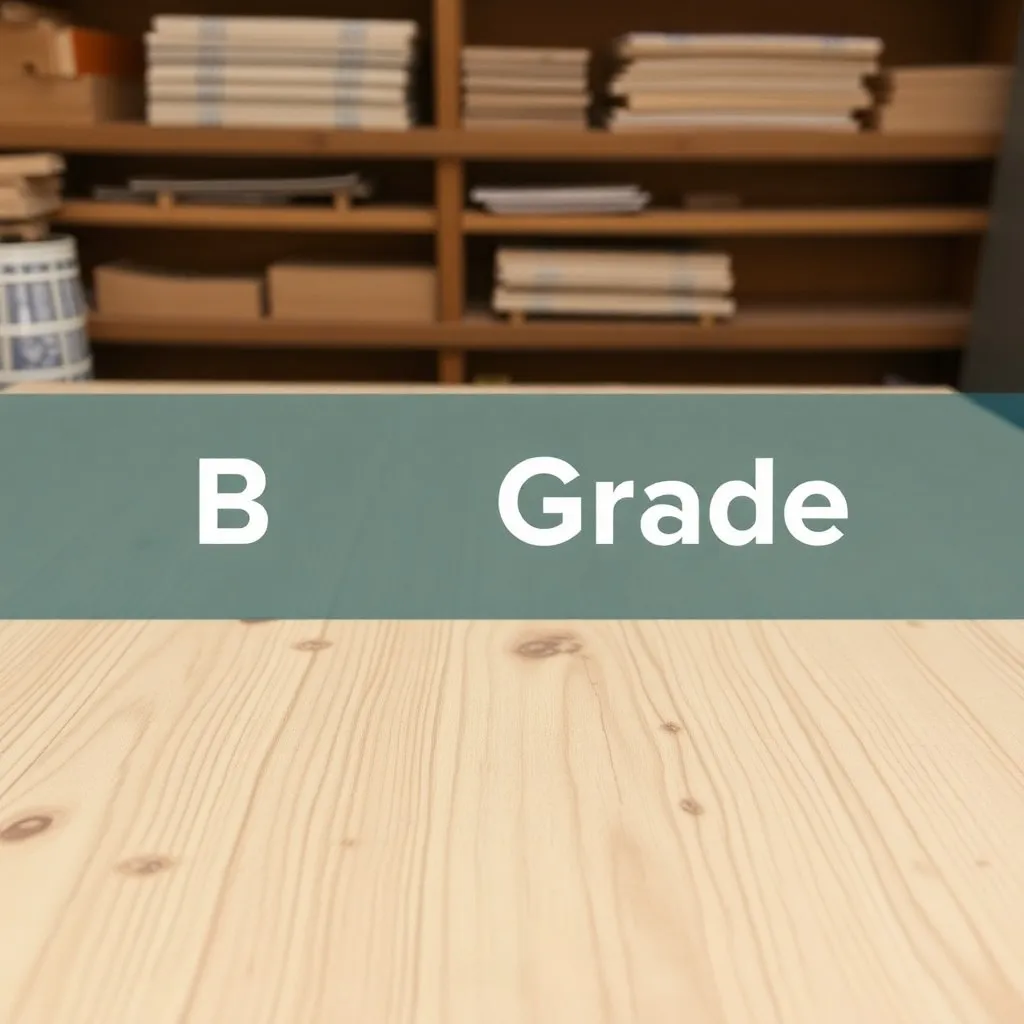
Some key features of Grade B plywood include:
- Largely devoid of knots, with some permissible tight knots of less than 1 inch
- Solid base and mildly less smooth surface compared to Grade A plywood
- Minor defects that can often be repaired
- Suitable for painting and finishing
Recognizing the key features of Grade B plywood can help in determining its suitability for specific projects and applications.
Suitable Projects for Grade B Plywood
An ideal choice for interior furniture construction, cabinetry, and decorative paneling, Grade B plywood offers a cost-effective solution without compromising on quality. Its smooth surface and solid base make it suitable for a wide range of carpentry and interior design projects. Suitable for use in interior decor, Grade B plywood can be utilized for various DIY projects, from shelving and storage solutions to custom-built furniture.
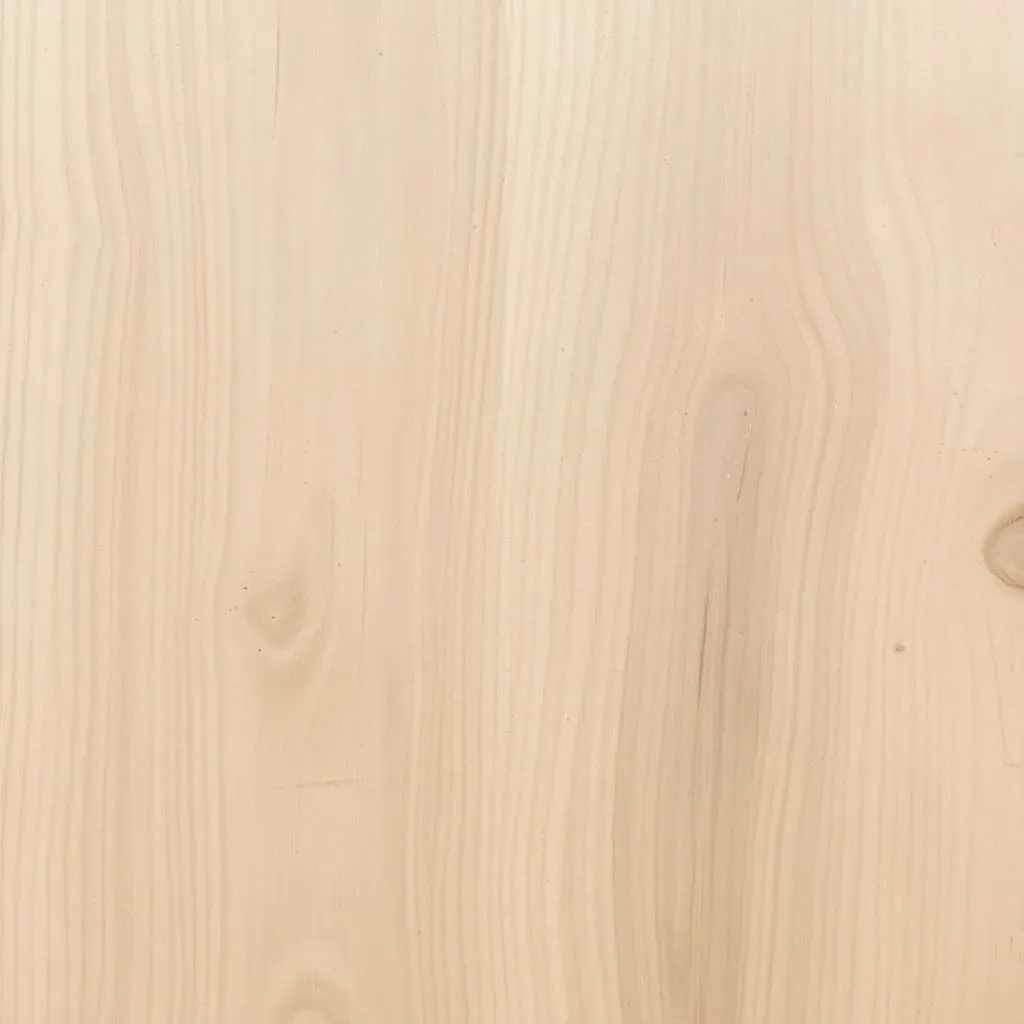
Grade C Cabinet Plywood
Keep in mind that Grade C cabinet plywood may have a few knots up to 5 inches in diameter and knotholes under 1 inch in diameter in its sheets. This grade is known for its slightly lower quality in comparison to Grade A and B plywood, and it may have some visible defects that could affect its overall appearance and durability. While Grade C plywood may not be the top choice for high-end projects, it can still serve its purpose for certain applications.

Identifying Grade C Plywood, Plywood labeled as Grade C is characterized by its visible knots and knotholes, as well as its lower overall smoothness compared to higher grades. It may have a few imperfections that are typically not present in Grade A or B plywood, and it is important to carefully inspect the sheets for any defects before use.
Best Uses for Grade C Plywood
Plywood in Grade C is suitable for internal decor and projects where appearance is not the primary concern. For applications where the panels will not be directly visible or aesthetic perfection is not essential, Grade C plywood can be a cost-effective and functional choice. It is commonly used in areas where its imperfections will not significantly impact the overall performance or functionality of the project.
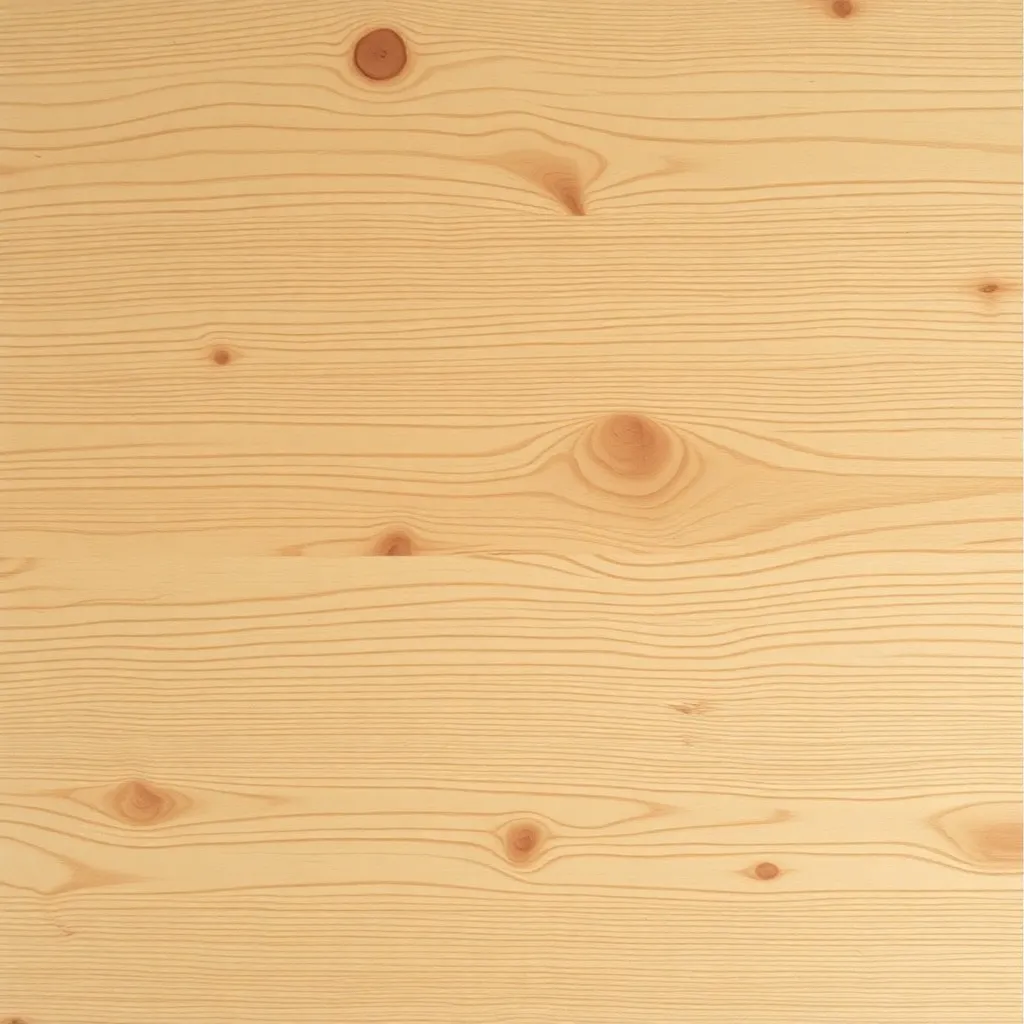
Grade D Cabinet Plywood
Your choice of Grade D cabinet plywood can be a cost-effective option for certain projects. While it may have some imperfections, it still serves its purpose in various applications. Understanding the quality and application areas of Grade D plywood can help you make informed decisions for your woodworking projects.
Grade D plywood is the lowest grade available and may have more noticeable defects compared to higher-grade options. It can have knots and knotholes up to 5 inches in diameter, making it less suitable for projects requiring a smooth or flawless finish. However, Grade D plywood can still be structurally sound and may be suitable for projects where aesthetics are not a priority.
Application Areas for Grade D Plywood
Grade D plywood is commonly used in applications where surface appearance is not a primary concern. It is often used in construction projects, such as for subflooring or sheathing. Additionally, Grade D plywood may be suitable for temporary or utility structures where appearance is not a critical factor. While it may not be ideal for furniture or decorative elements, it can still serve its purpose in various construction and industrial applications.
Understanding the quality and application areas of Grade D plywood can help you make informed decisions for your woodworking projects. While it may not have the perfect veneers and smooth surface of higher-grade options, Grade D plywood can still be a viable choice for certain applications. Consider its structural integrity and suitability for specific projects before determining if Grade D plywood is the right choice for your needs.
Summing up
Presently, when choosing cabinet-grade plywood, grades A, B, C, and D are the most common options to consider. Grade A plywood is the highest quality, with perfect veneers, a smooth surface, and minimal defects, making it ideal for visible surfaces and requiring painting. Grade B has fewer knots and minor defects and is suitable for visible surfaces as well. Grade C is slightly lower in quality with more imperfections, while Grade D is the least expensive and has the lowest quality, suitable for internal decor use. It is essential to ensure that the chosen panels have an A or B stamp for finishing, and the CDX rating indicates that the panel meets the requirements for exterior plywood use. Understanding the differences between these grades is crucial for selecting the right plywood for the intended application.
FAQs About Types of Grade Plywood Cabinets
What are the main differences between A, B, C, and D grade plywood?
The main differences lie in their quality and appearance. Grade A plywood has a smooth surface with minimal defects, making it ideal for high-end finishes. Grade B plywood is still of good quality but may have minor imperfections. Grade C plywood shows visible knots and defects, while Grade D plywood is the lowest grade, often with more noticeable flaws and is suitable for applications where appearance is not a priority.
Which grade plywood is best for furniture making?
Grade A plywood is the best option for furniture making due to its flawless surface and durability. It is perfect for projects that require a premium finish and structural integrity. Grade B plywood can also be a good choice for furniture, especially if budget considerations come into play, as it balances quality and cost.
Can I use Grade C plywood for visible surfaces?
Generally, Grade C plywood is not recommended for visible surfaces due to its noticeable imperfections like knots and blemishes. It is better suited for projects where appearance is less critical, such as in internal applications where it won’t be seen.
What applications are best suited for Grade D plywood?
Grade D plywood is best suited for applications where aesthetics are not a concern. It is commonly used for construction purposes such as subflooring or utility structures. Its structural integrity makes it a feasible option for projects where appearance is not a primary factor.
How do I choose the right grade of plywood for my project?
To choose the right grade of plywood, consider the project’s requirements for appearance, durability, and budget. If the project demands a high-quality finish, opt for Grade A or B. For less demanding applications, Grade C or D may suffice. Assess the intended use and whether the panels will be visible to determine the appropriate grade.
Is Grade B plywood a good option for cabinetry?
Yes, Grade B plywood is a good option for cabinetry. It offers a solid surface with minor defects, making it suitable for most cabinetry projects while maintaining a cost-effective approach. It balances quality and affordability, making it popular among both professionals and DIY enthusiasts.



